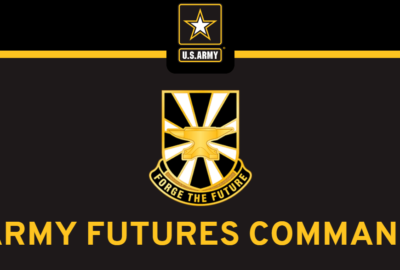
Congress concerned Army’s night court goes too far, adds requirements
The Army cut $25 billion in old weapons over the next five years to reinvest into modernization, but Congress is miffed that its ability to weigh in on programs is...
The Army used a process it dubbed “night court” to cut $25 billion in old weapons over the next five years to reinvest into modernization, and while the service and the Defense Department praised the process, Congress isn’t completely pleased about how it all went down. That concern may have repercussions for the process in the future.
The Senate’s 2020 defense appropriations bill gives the Army a slap on the wrist for its night court method, telling the Army that it understands “the disconnects between budget cycles and strategy changes,” but it’s concerned about the $10 billion the Army is targeting for realignment through the process in 2021.
The Army touted its night court program as a good news story on government efficiency. Top leaders painstakingly went over every Army program, and decided what fit its future strategy and what slack it could cut. The process was so successful that the Air Force created its own review of programs and the Defense Department is looking through its fourth estate to see what it can slash.
The Army plans to repeat the process.
“Night court, as the Army staff coined it two years ago — and they obviously have a sense of humor during tough times — we’re going to continue that,” said then-acting Army Secretary Ryan McCarthy last month. “And that’s the reform efforts that then-Army Secretary Mark Esper and former Army Chief of Staff Gen. Mark Milley put us on. It’s going primetime now in DoD. And we’re going to keep doing that for years to come.”
But while the process had far reaching effects, Congress is miffed that its ability to weigh in on programs is limited.
“Continued, wide-ranging truncation or elimination of programs without notification to the congressional defense committees in advance of the subsequent budget submission leads to inefficiencies and misappropriation of resources,” the bill report states.
Congress is basically saying “get off our turf,” and it wants more notice when the Army calls an audible on its programming.
Mark Cancian, senior adviser at the Center for Strategic and International Studies, shed some light on what has Congress so riled up.
“Instead of a crisp change, the Army is working on a rolling budget process with night court,” Cancian told Federal News Network. “It’s a regular process issue. Congress wants to understand budget decisions and have a back-and-forth with the services.”
With night court the Army is using a more improvised process. For example, in the fall the military usually submits its plans for two years ahead to the Office of Management and Budget. That means DoD already finalized its 2021 plans.
By contrast, night court looked at funding for 2020 programs as recently as this summer and gave them the ax. It will continue to look at recent programs to nix. It then notifies Congress it wants reprogram those funds.
Cancian said the continual change makes congressional staff nervous because they are unable to do the analysis where the Army wants to put the funds and where it’s taking them from.
The vetting process is important to taxpayers because it is Congress’ responsibility to oversee how funds are spent and to protect citizens’ money against waste.
Night court also holds a threat that’s closer to home for lawmakers.
Weapons programs need a place to live, and when they live in a lawmaker’s district they create jobs.
Cancian said with the uncertainty of the 2021 budget and the Army saying it will make a new series of cuts, lawmakers are getting concerned. Night court gives them less notice of a cut, and less of an opportunity to convince the Army to keep a program alive.
In response, the Senate Appropriations Committee wants the Army secretary and defense secretary to provide documentation at the same time as the 2021 budget request for all program truncations and eliminations. It also wants that list for 2020 programs. It also wants a spend plan that provides narrative justification for money that wasn’t spent in 2020 and will be used for 2021 programs.
Cancian said in the Army’s defense, the service is a massive ship to turn. As it’s changing its priorities from Middle East conflict to near-peer competition it needs to unload those legacy systems and reinvest faster than the budget cycle.
Copyright © 2025 Federal News Network. All rights reserved. This website is not intended for users located within the European Economic Area.
Scott Maucione is a defense reporter for Federal News Network and reports on human capital, workforce and the Defense Department at-large.
Follow @smaucioneWFED





